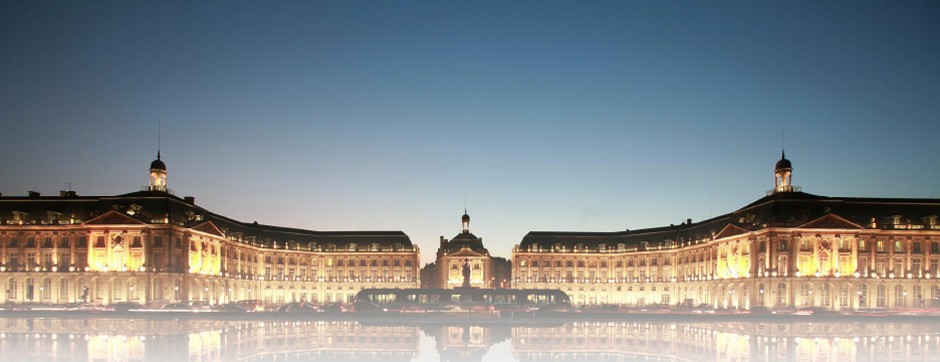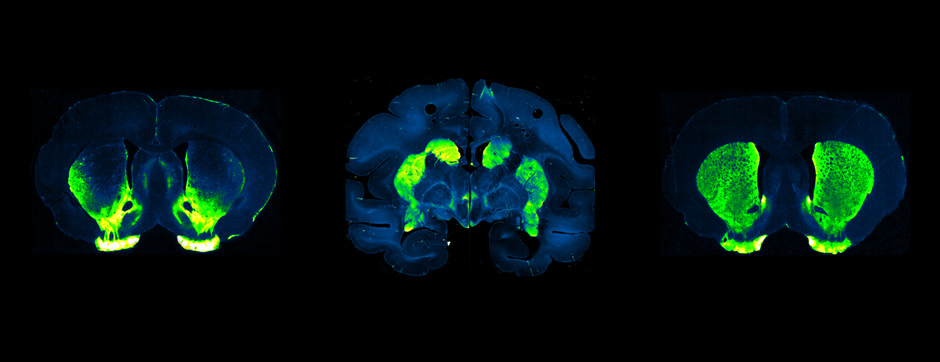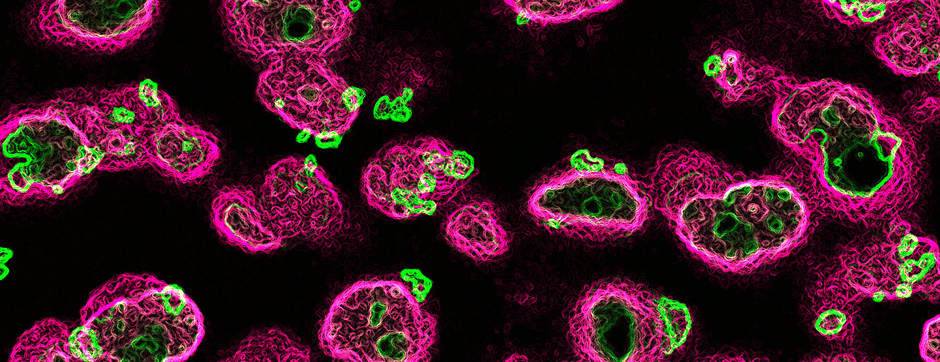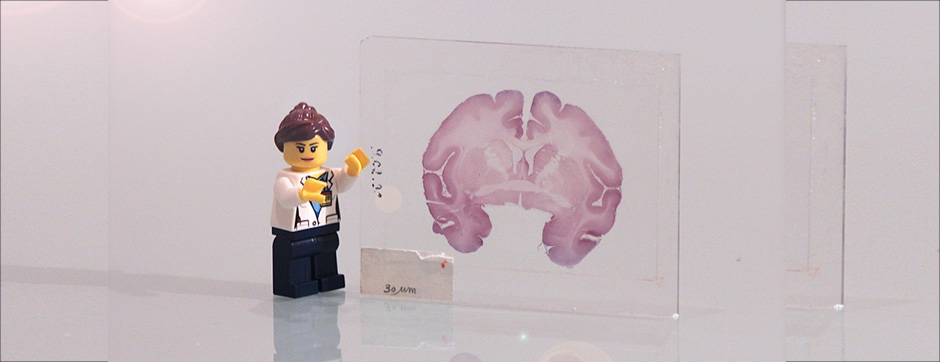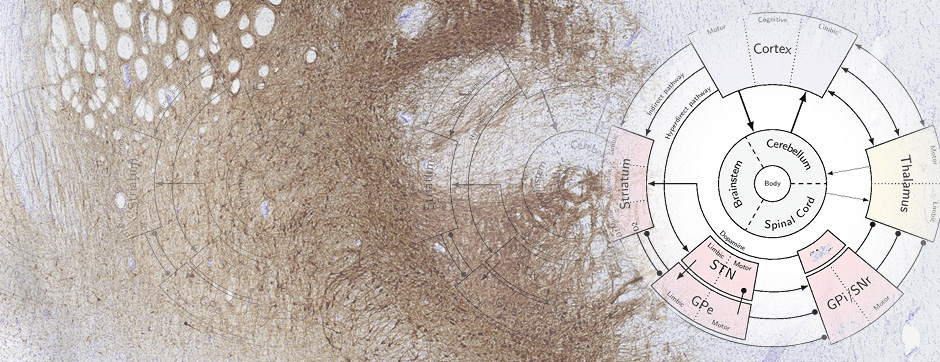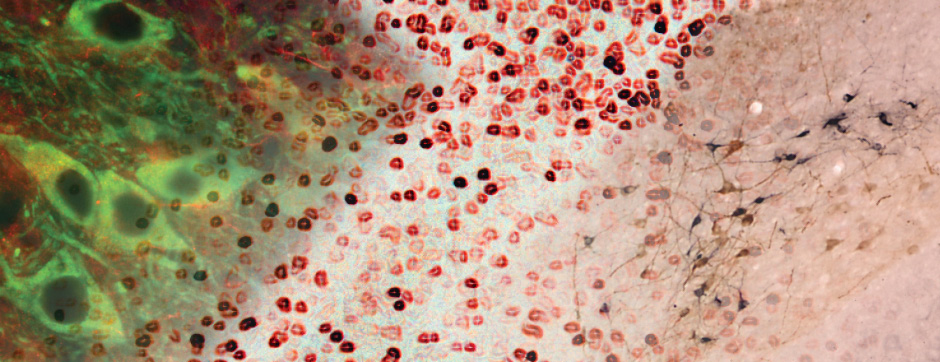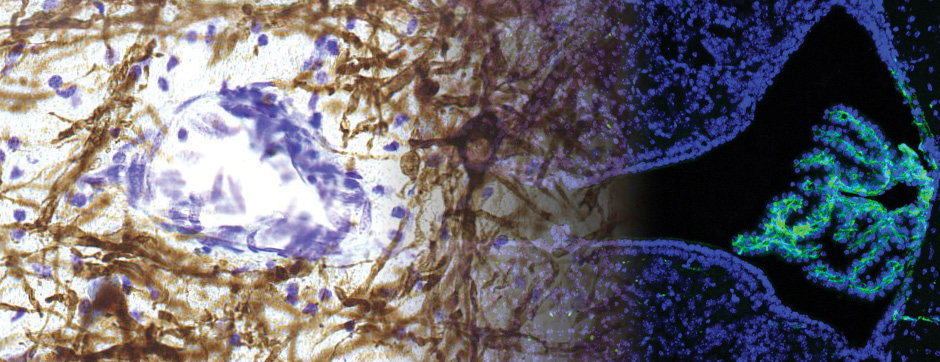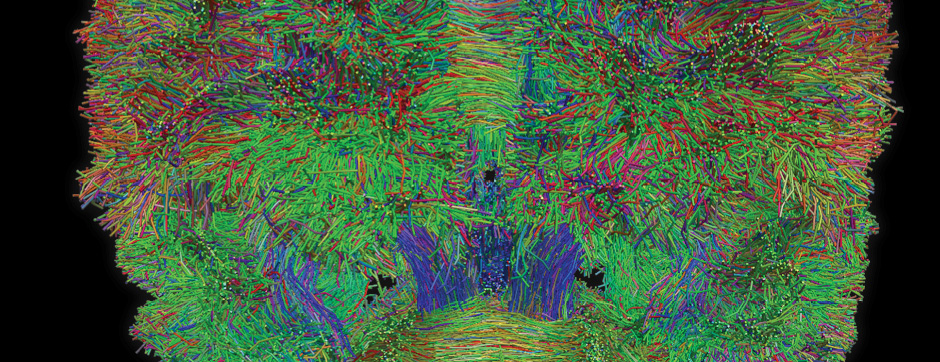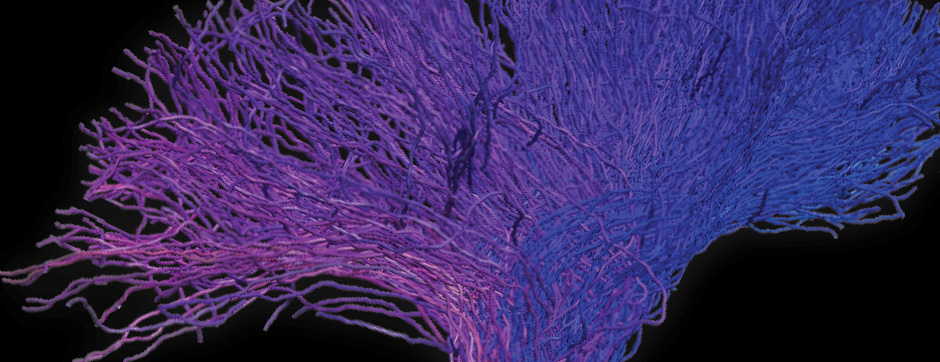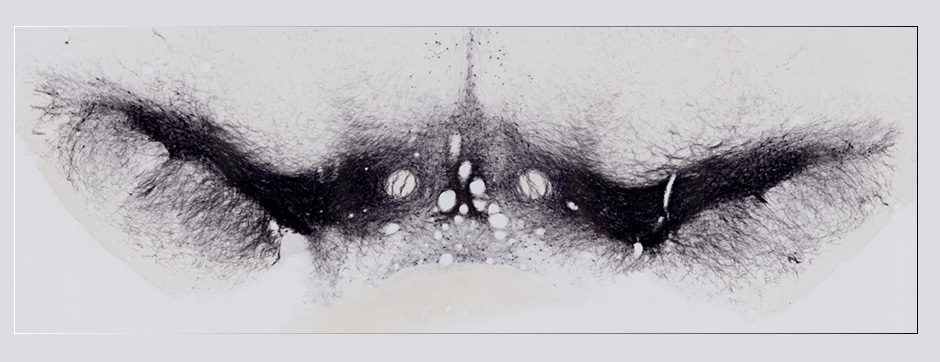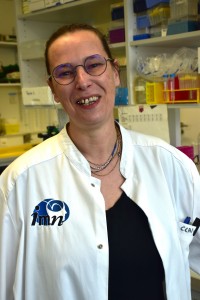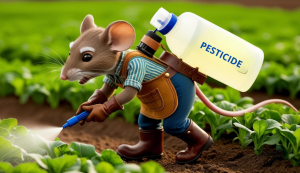Portrait: Claire Mazzocco, Neuroscience Research Engineer at IMN
To mark the “International Day of Women and Girls in Science”, we’re delighted to bring you daily portraits of women scientists at IMN.
Their backgrounds and professions are diverse, yet they all share a passion for research and science.
Created by Alba Garcia Baos, Jakob Scharnholz, Claire Delattre and Christelle Glangetas.
Claire Mazzocco
Neuroscience Research Engineer
Neurodegeneratives Diseases Institute
“When you have a PhD, you can do anything. You can adapt.”
Can you say a few words about your research?
Claire: I’m working on several projects in parallel, including one as part of a Consortium involving biology, chemistry, epidemiology, social sciences and humanities laboratories. My role is to study the effect of chronic, low-dose pesticide exposure on the mouse organism. I use doses comparable to those used in food, and from this I look at the link that may exist between this exposure to pesticides and the aggravation of neurological pathologies. I study this in mouse models mimicking Parkinson’s disease. We’re assessing the impact on the brain, kidneys, liver and intestines.
This translational study is particularly important, as it could have a major societal impact and raise awareness or bring about regulatory changes in pesticide exposure standards.
Claire’s science in pictures:

The effects of chronic pesticide exposure. AI-generated image. Are there deleterious effects on the brain? Claire can image mouse brains using fluorescence molecular tomography. This non-invasive approach makes it possible to localize fluorescent molecules injected into the mouse brain (asynuclein fibril molecule) and monitor their diffusion in the brain. After brain section, this molecule can be observed in the striatum, a brain region affected in Parkinson‘s Disease.
Did you always know that you wanted to be a scientist ?
Claire: I’ve always loved animals and nature. In my final year of high school, studying biology was an obvious choice. At one point I wanted to go into aeronautics, but I wasn’t good enough at maths and physics. As I loved biology in my final year, I did a DEUG in biology in “Natural and Environmental Sciences”, followed by a licence in “Natural Sciences”. I then went on to do a DEA (master’s) in “Biology of organisms and populations”. I had a great teacher in insect neuroendocrinology, and it was he who made me want to continue in that direction, to join his research laboratory and do insect physiology.
To join his laboratory, I did a Master’s degree in Neuroscience and stayed on to do my thesis in Neuroscience.
Can you describe the daily routine of an engineer?
Claire: There’s no such thing as a typical day, and that’s what I like about it. I’m often in the animal facility, at the bench or at the microscope doing imaging, but each day is unique. In any case, I find it hard to stay in the office in the lab. If I have any analyses to do, I do them from home.
Why did you decide to become an engineer?
Claire: I didn’t choose to be an engineer, it was the profession that chose me. I tried to be an assistant professor, but I didn’t pass the competitive entrance exam, and I didn’t have the qualifications to be a researcher at the CNRS. But that’s not a bad thing, I love what I do and my multifaceted career path has enabled me to master a multitude of techniques and tools that are useful today for adapting and developing the projects I’m working on.
Please complete this sentence: “To do science, you need …”
Claire: be persevering and curious!
Have you encountered any difficulties as a woman working in sciences?
Claire: I haven’t encountered any particular problems or obstacles as a woman in the scientific field.
Where do you see yourself in 5 years?
Claire:In 5 years’ time, I hope to still be on Erwan Bézard’s team! We’re a perfect match. I’m independent and proactive, and he gives me the freedom to develop my ideas as I want. We trust each other, and that’s very satisfying. There’s no routine, and that’s great.
What would you like to say to the younger generation (and to girls who love science and are reluctant to go into it)?
Claire: I’d tell them all, boys and girls alike, that you have to work, persevere and push until you get the hang of it. You have to believe in it, because it works in the end.
And to finish this portrait, Claire’s Science in music: what are you listening to on the bench?
Claire: I’m from the older generation. I don’t listen to music while I work. I prefer to concentrate on what I’m doing.
